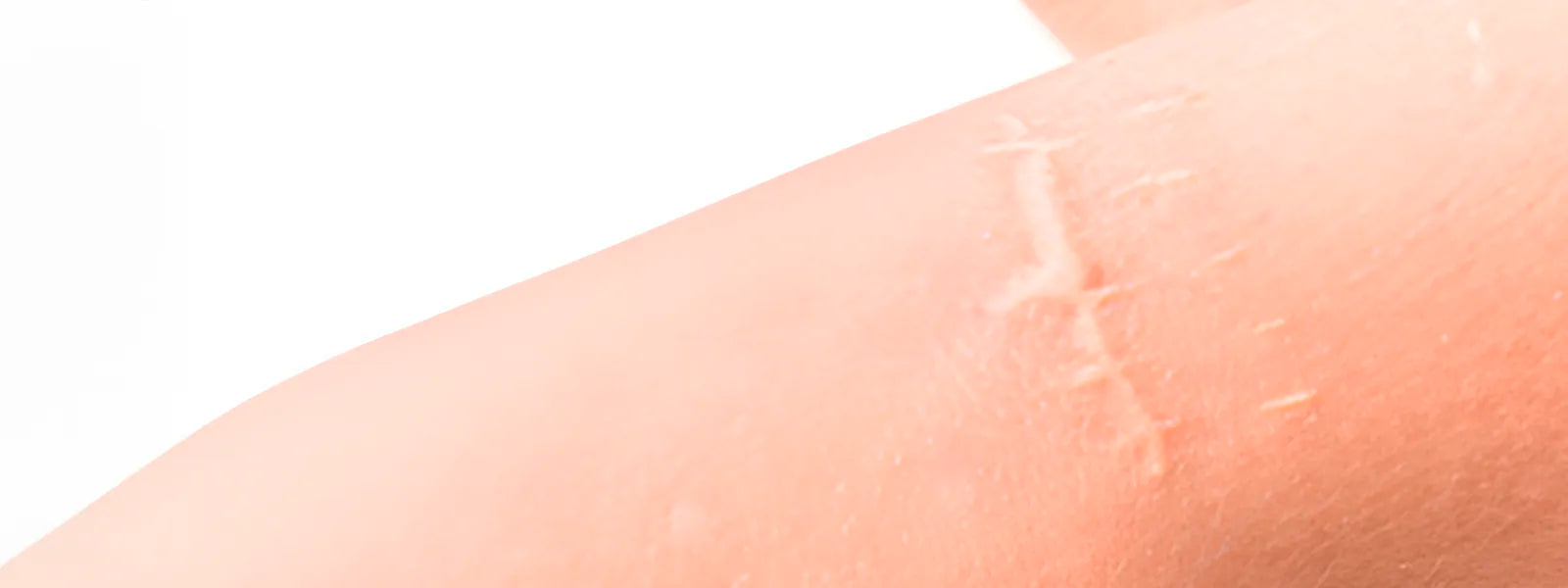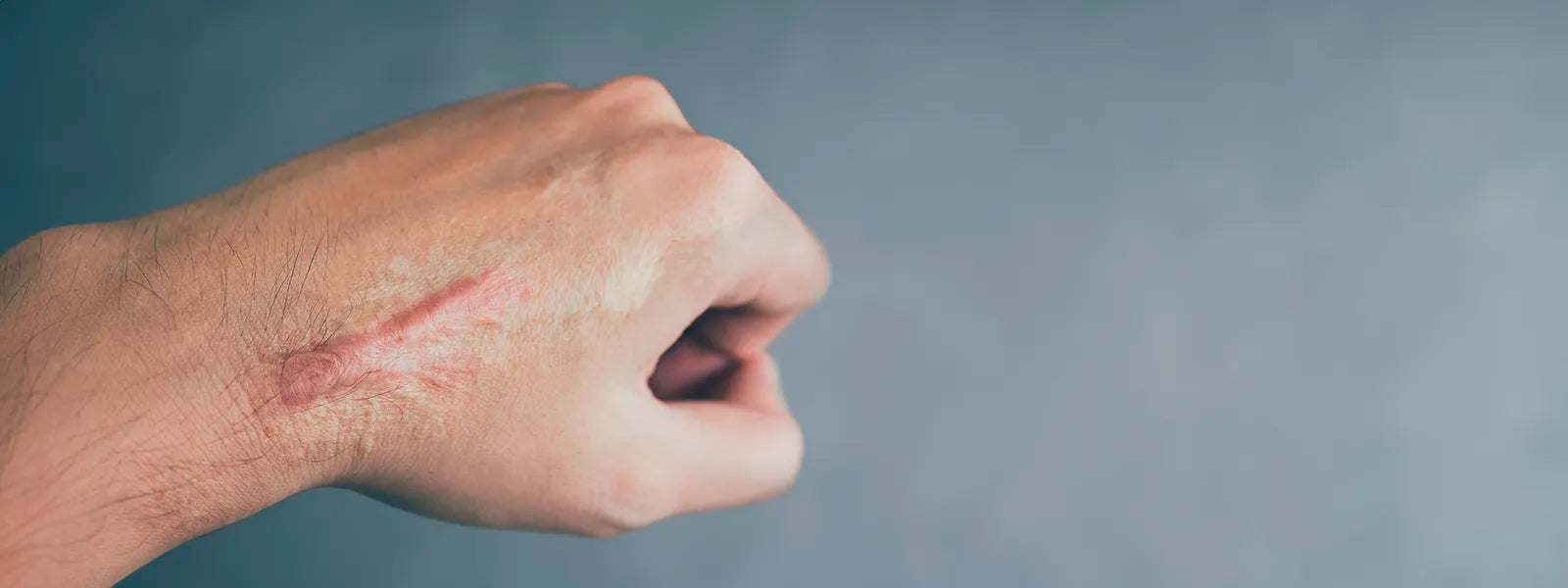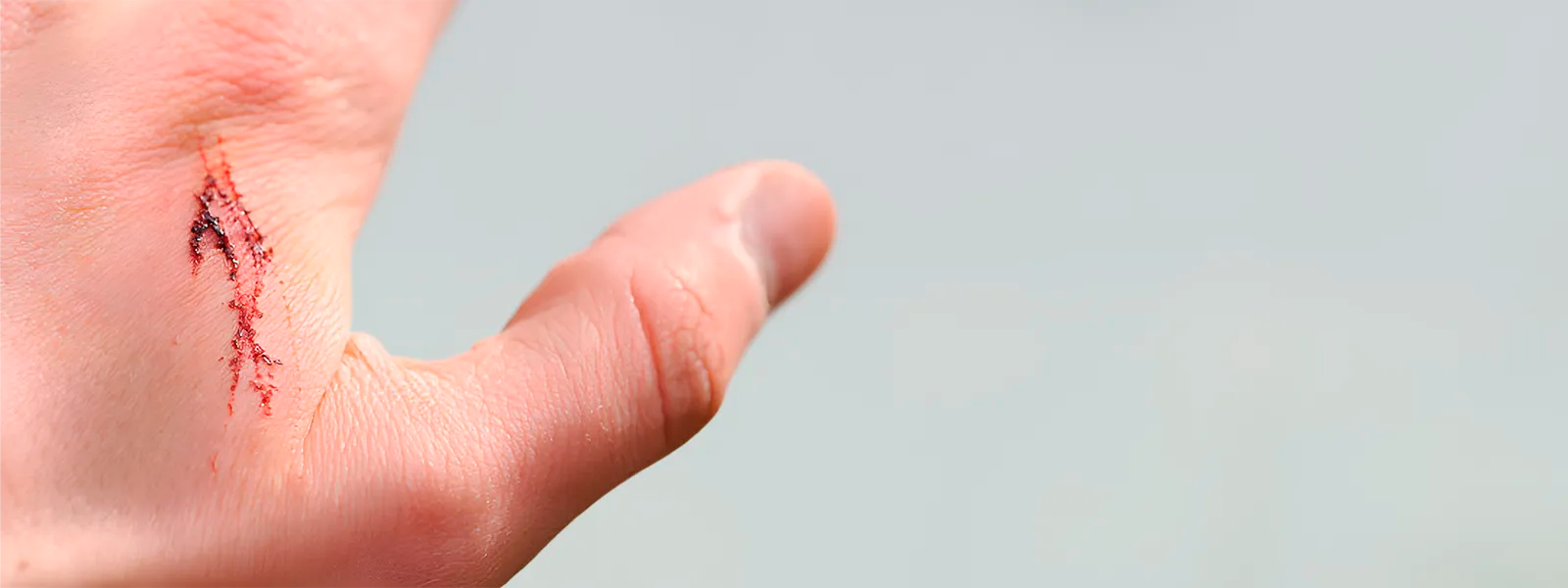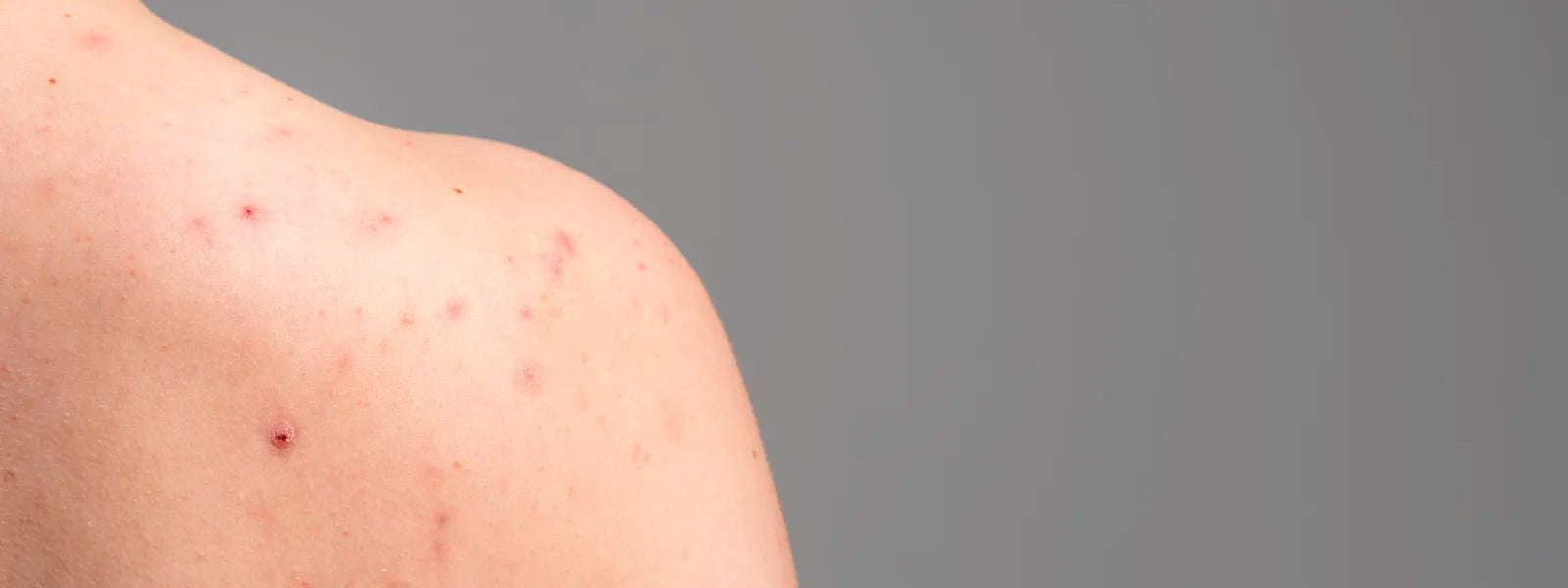Scars are a common result of injuries, surgeries, and other types of skin trauma. Scars occur when the dermis is damaged. Scars can be caused by surgeries, skin conditions, accidents and injury. The body forms new collagen fibers to mend the damage. This collagen is often of a different texture and quality than the texture and quality of our skin causing a scar to form. While scars are a necessary part of the healing process, some people may be self-conscious about their appearance and seek out treatments to reduce their visibility. In this article, we will explore the various options available for scar treatment and the scientific evidence behind them.
While there are a variety of ways to treat scarring, none can remove a scar completely. They can, however, be effective at decreasing the appearance, blending with surrounding skin and smoothing the texture of scars. Additionally, different treatments may work better for different types of scars. For example, acne scars respond best to completely different treatments from hypertrophic scars. Additionally, which part of the body the scar is on may determine which treatment option is most effective. Here are some of the most popular scar treatments:
- Topical Treatments. Topical treatments like vitamin E, cocoa butter cream, onion extract, and vaseline are all effective at reducing the appearance of scarring. Topical treatments, such as creams and ointments, are one of the most common ways to treat scars. These products can help to soften and smooth scar tissue, making it less noticeable. A study published in the Journal of Drugs in Dermatology found that topical silicone gel was effective in reducing the appearance of scars, with the majority of participants reporting improvements in scar color, texture, and overall appearance. Over-the-counter silicone products can be found at most drug stores. It may take several weeks or months to see results with topical treatments, and it's important to follow the instructions on the label.
- Pressure Therapy. Pressure therapy is another non-invasive option for scar treatment. This method involves using a pressure garment or bandage to apply pressure to the scar in order to help flatten it out and make it less noticeable. A study published in the Journal of Plastic, Reconstructive & Aesthetic Surgery found that pressure therapy was effective in improving the appearance of scars, with participants reporting significant improvements in scar color, texture, and overall appearance. This tends to be most effective on scar contractures and keloids. However pressure garments need to be worn for up to a year and can be uncomfortable.
- Silicone and Silica. Silicone gel or silicone gel sheeting: Since 1982, silicone treatments are one of the most recommended treatments for scarring. They are effective at reducing the size, hardness, redness, itchiness and pain from a scar. Silicone sheets and silicone gel can be placed over the scar to help soften and flatten the scar tissue. A study published in the Journal of Cutaneous and Aesthetic Surgery found that silicone gel improved the appearance of scars, with participants reporting significant improvements in scar color, texture, and overall appearance.
- Surgery. Surgery can be performed in order to reduce the size of a scar. This is not recommended for hypertrophic or keloid scars since they may come back or result in more severe scarring.
- Steroid Injections. Steroid injections may help flatten a scar. They can also be used to reduce itchiness or pain. Steroid injections may also be used to help reduce the appearance of raised scars. A study published in the Journal of the American Academy of Dermatology found that steroid injections were effective in reducing the appearance of raised scars, with participants reporting significant improvements in scar color, texture, and overall appearance.
- Dermabrasion. Dermabrasion is effective at blending the irregularities of both raised and depressed scars. It involves the removal of skin with special equipment. Microdermabrasion is also effective on superficial scars (and less invasive). A study published in the Journal of the American Academy of Dermatology found that dermabrasion improved the appearance of scars, with participants reporting significant improvements in scar color, texture, and overall appearance.
- Laser treatment. Laser therapy removes the different layers of skin with laser and as a result can remove the scar collagen. Newer lasers don’t remove the upper layer of skin and help stimulate collagen production. A study published in the Journal of the American Academy of Dermatology found that laser resurfacing improved the appearance of scars, with participants reporting significant improvements in scar color, texture, and overall appearance.
- Filler Injections. Filler injections are a temporary fix that can raise sunken scars to match the level of the surrounding skin. A study published in the Journal of Plastic, Reconstructive & Aesthetic Surgery found that filler injections improved the appearance of scars, with participants reporting significant improvements in scar color, texture, and overall appearance.
- Microneedling. Microneedling works by puncturing small holes in the surface of the skin to stimulate collagen production and reduce the appearance of scars. A study published in the Journal of Cutaneous and Aesthetic Surgery found that microneedling improved the appearance of scars, with participants reporting significant improvements in scar color, texture, and overall appearance. Microneedling should not be done on keloids since it can make these scars worse.
- Cryosurgery. Cryosurgery freezes the scar to reduce the size of the scar and reduce pain, itchiness, hardness and discoloration. This is often combined with steroid injections. A study published in the Journal of Plastic and Reconstructive Surgery found that cryosurgery improved the appearance of scars, with participants reporting significant improvements in scar color, texture, and overall appearance.
- Radiotherapy. Radiotherapy can prevent the recurrence of hypertrophic or keloid scars. A study published in the Journal of the American Academy of Dermatology found that radiotherapy improved the appearance of scars, with participants reporting significant improvements in scar color, texture, and overall appearance. Because of the potential long term side effects (including cancer) this should only be used in extreme circumstances.
- Massage. Massaging the scar can also help to soften and stretch the scar tissue. A study published in the Journal of Wound Care found that massage therapy improved the appearance of scars, with participants reporting significant improvements in scar color, texture, and overall appearance. It is important to be gentle and to follow the advice of a healthcare provider or physical therapist when performing massage therapy.
Before pursuing any of these options it is important to consult with a dermatologist about the best course of action. In addition to these individual treatments, combination treatments may be used for more comprehensive scar improvement. It is important to keep in mind that scar treatment can be a slow process, and it may take several months or even years for the scar to fully mature. In the meantime, it is important to limit sun exposure, use sunscreen with at least an SPF of 30 and to keep the scar moisturized to help improve its appearance. It is also important to work with a qualified healthcare provider to determine the best approach for treating scars.
In conclusion, there are several options available for scar treatment, ranging from non-invasive topical treatments to invasive surgical procedures. The best approach will depend on the individual and the specifics of their scar. A combination of treatments may also be used for more comprehensive scar improvement. It is essential to work with a qualified healthcare provider to determine the best approach for treating scars. Additionally, it is important to be patient, as the process of treating scars can be slow and it may take several months or even years for the scar to fully mature.
References:





Leave a comment (all fields required)